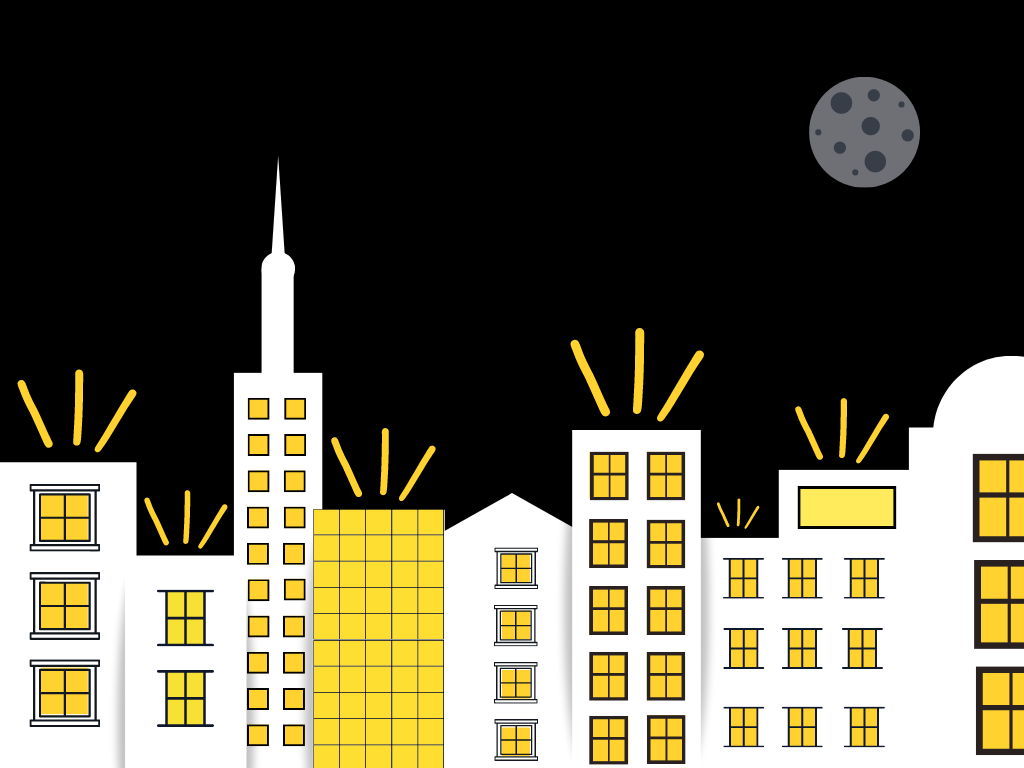
Bright night skies aren’t as pretty as you think
By Pamela Freeman, February 10 2023—
We are quickly losing the ability to see the dark night sky. The sky became, on average, 10 per cent brighter every year from 2011 to 2022 due to artificial light pollution, according to a new study published in Science.
The authors, led by Dr. Christopher Kyba, compiled over 50,000 observations from the Globe at Night project, where citizen scientists used a sky map to detect the dimmest stars in the sky by the naked eye. This directly measures the excess amount of artificial light in an area as brighter skies means dimmer stars cannot be seen.
Typically, brightness observations are conducted with satellite data. A global-scale satellite study from 2012 to 2016 showed that artificial light is, on average, growing by two per cent per year. Curiously, this data also shows that for North America and Europe, the two continents prominently providing the Globe at Night observations, there is a constant or decreasing amount of artificial light. With this discrepancy, the trend from naked eye observations is likely underestimated for countries with rapidly increasing development and corresponding increases in light emissions.
Satellites are not sensitive to horizontally emitted or blue wavelength light. This misses a large number of artificial light sources, including decorative lights, billboards or LED lights. Blue light, with shorter wavelengths, scatters more in the atmosphere and is preferentially seen by humans in the dark. This contributes a greater amount to skyglow, the artificial twilight seen due to human-made light.
The importance of citizen science observations is emphasized — the way that we can see the stars is representative of the effect artificial light is causing harm to humans and nature alike.
Any adverse outcomes of excess artificial light at night is what constitutes light pollution. Light pollution is an environmental and cultural concern. There are disruptions to migratory patterns, predator-prey interactions, melatonin production and sleep. There is loss of cultural knowledge and stories as well as the ability to perform sky-facing science such as astronomy. Light pollution also represents a large amount of wasted energy and, thus, capital. Although negative effects of light pollution are known, this study concludes that current methods to reduce light pollution are not effective, and current design tactics — for example, prevalent LED lighting — are contributing to an increase in sky brightness.
The authors note the Globe at Night observations are biased towards residential locations and where skyglow is prevalent. Though light pollution will change across and between countries due to social, economic and technological factors, citizen-taken brightness observations tell a deep story of how excess artificial light is changing our skies.
The Dark Sky Association has simple steps to reduce light pollution, including only using essential, directed, low brightness, controlled and warm toned light. In Calgary, the Rothney Astrophysical Observatory collects citizen-led brightness observations to understand light pollution locally, which is then used to influence development and preservation efforts at the municipal and provincial level.
